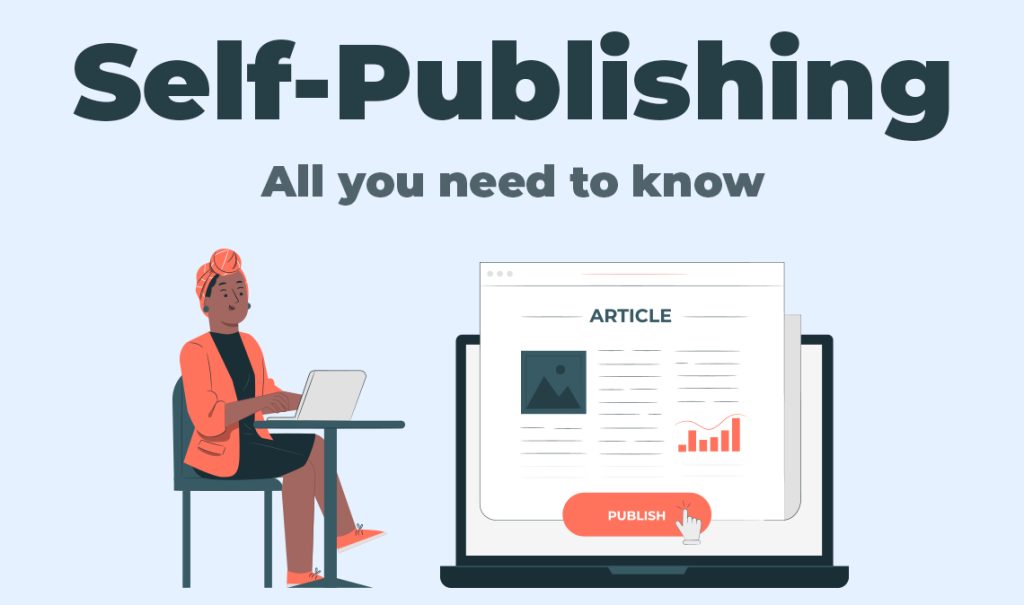Self-publishing has revolutionized the literary landscape, empowering authors to bring their stories to a global audience independently. However, one of the critical challenges faced by self-publishers is navigating the intricate world of book distribution. In this article, we will explore the complexities of book distribution for self-publishers and provide insights into effective strategies.
Understanding the Importance of Book Distribution
Book distribution plays a pivotal role in reaching readers and ensuring the success of a self-published book. It involves making your book available to bookstores, libraries, online retailers, and other distribution channels. Effective distribution is key to maximizing sales and building a sustainable author career.
Challenges Faced by Self-Publishers in Distribution
- Limited Visibility: Self-published books often face challenges in gaining visibility among the vast array of titles available in the market.
- Competition with Traditional Publishers: Self-publishers compete with traditionally published books for shelf space, making it essential to stand out in a crowded marketplace.
- Cost Constraints: Limited financial resources can pose a barrier for self-publishers to access traditional distribution channels and promotional opportunities.
Strategies for Successful Book Distribution
- Utilizing Online Retail Platforms
Embracing online retail platforms, such as Amazon, Barnes & Noble, and others, can significantly expand the reach of self-published books. Leveraging these platforms provides access to a vast customer base and facilitates global distribution.
- Direct Sales through Author Websites
Setting up an author website allows self-publishers to sell books directly to readers. This strategy not only maximizes profits by eliminating third-party fees but also fosters a direct connection with the audience.
- Leveraging Print-on-Demand Services
Print-on-Demand (POD) services enable self-publishers to produce physical copies of their books as and when needed. This reduces the upfront costs associated with printing and storage, making distribution more cost-effective.
- Partnering with Independent Bookstores
Building relationships with independent bookstores can enhance the visibility of self-published books within local communities. Authors can approach these stores for book signings, readings, and cooperative marketing efforts.
- eBook Distribution
Incorporating eBook distribution through platforms like Kindle, Nook, and Kobo provides a convenient and accessible way for readers to discover and purchase digital copies of self-published works.
Conclusion
Successfully navigating the complexities of book distribution is crucial for self-publishers to ensure their literary creations reach a wide and diverse audience. By embracing a combination of online retail platforms, direct sales, print-on-demand services, collaboration with independent bookstores, and eBook distribution, self-publishers can overcome challenges and establish a strong presence in the competitive book market. As the self-publishing industry continues to evolve, mastering effective distribution strategies remains paramount for achieving long-term success.





